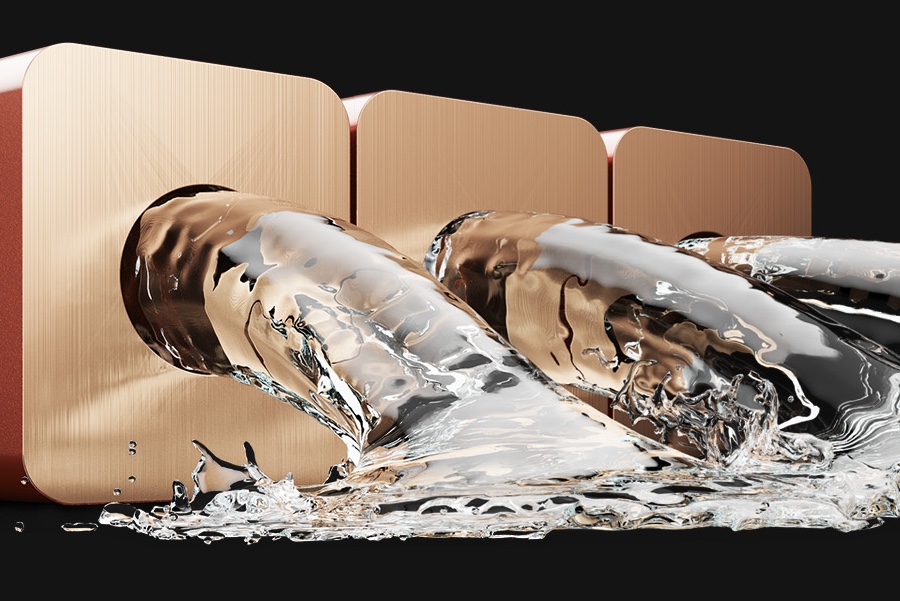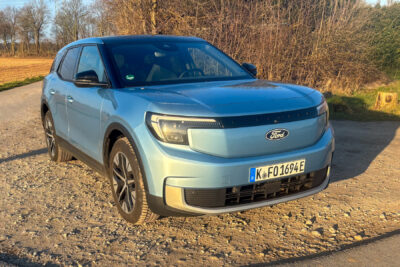PEM researchers want to improve the cooling of electric motors
The two-year project is called ‘Production engineering capability of the hairpin stator process chain for processing rectangular waveguides for use in traction drives’ (HNTR). Hyperdrives, a Munich-based developer of electric motors with improved cooling, is involved in the project.
The aim of the research project is to modify the manufacturing process for hairpin stators in electric motors so that rectangular waveguides can be processed in future. This would have the advantage that electric motors could be cooled directly in future instead of only indirectly, as has been the case up to now.
The hairpin design is a plug-in coil structure made from solid electrical conductors. This technology is increasingly replacing conventional wire-winding techniques and is regarded as a key area of innovation for electric motors.
“The thermal design of electric motors – especially if their compactness and performance are to be maintained – is one of the current challenges in electric mobility production,” says PEM Director Professor Achim Kampker. The use of waveguides could enable direct cooling of the winding.
In this context, waveguides are copper conductors with a continuous cavity. The outer cross-section and cavity can be of different shapes and thus rectangular, circular or other types. In the case of direct cooling using waveguides, a cooling medium flows through the conductors and thus dissipates the heat generated in the active part of the winding. “Therefore, hollow conductors offer significant potential for increasing the efficiency and performance of electric drive machines,” emphasises PEM’s project manager Till Backes.
The process is already familiar from industrial generators, but the rotor diameters of industrial generators are up to 13 times larger than those of conventional electric motors. “Bending and contacting processes used in generator construction for the manufacture of stator windings are therefore not easily transferable to the much smaller electric motors – especially considering the strict quality requirements and high quantities demanded in the automotive sector,” says PEM manager Kampker.
PEM also recently launched the ‘FastCell’ project, which is working on optimising the fast-charging capability of prismatic lithium-ion batteries. In addition, PEM and its partners recently presented a study on the future production of solid-state batteries in Europe.





1 Comment